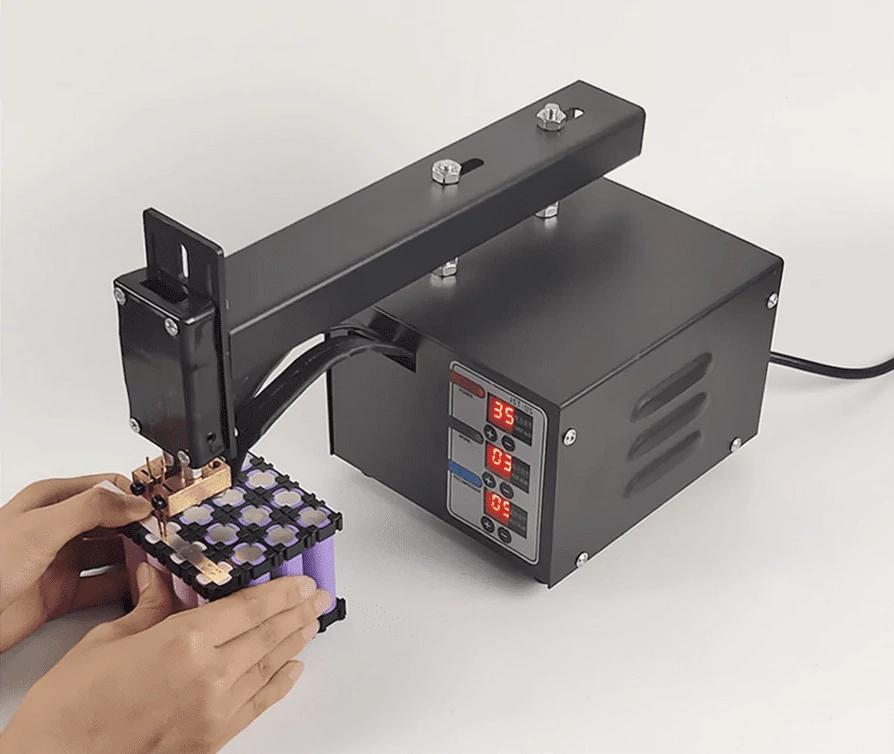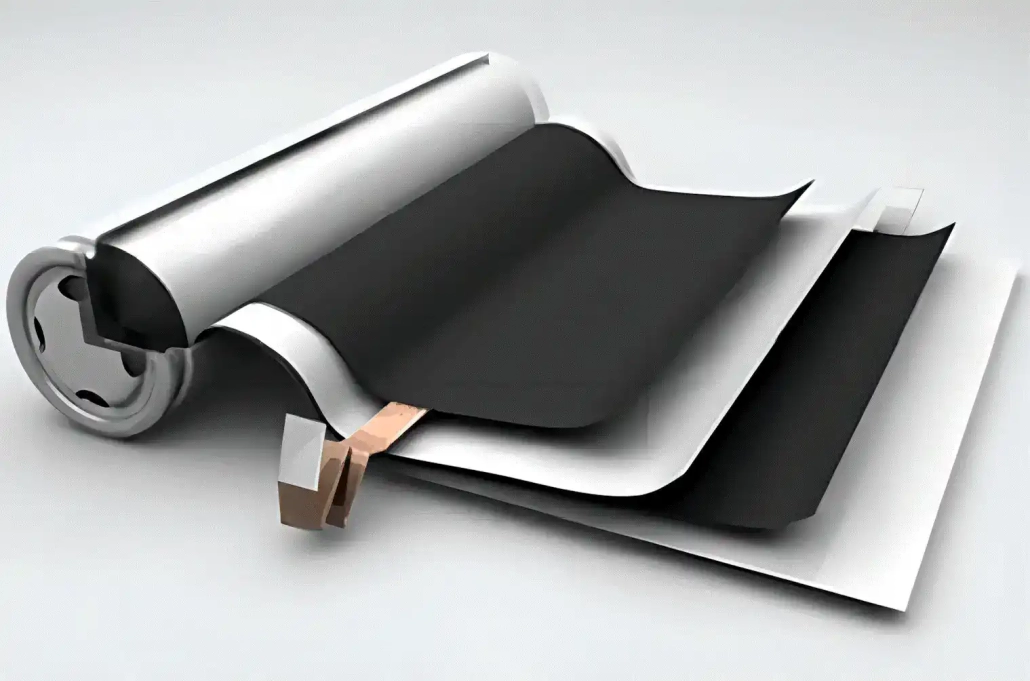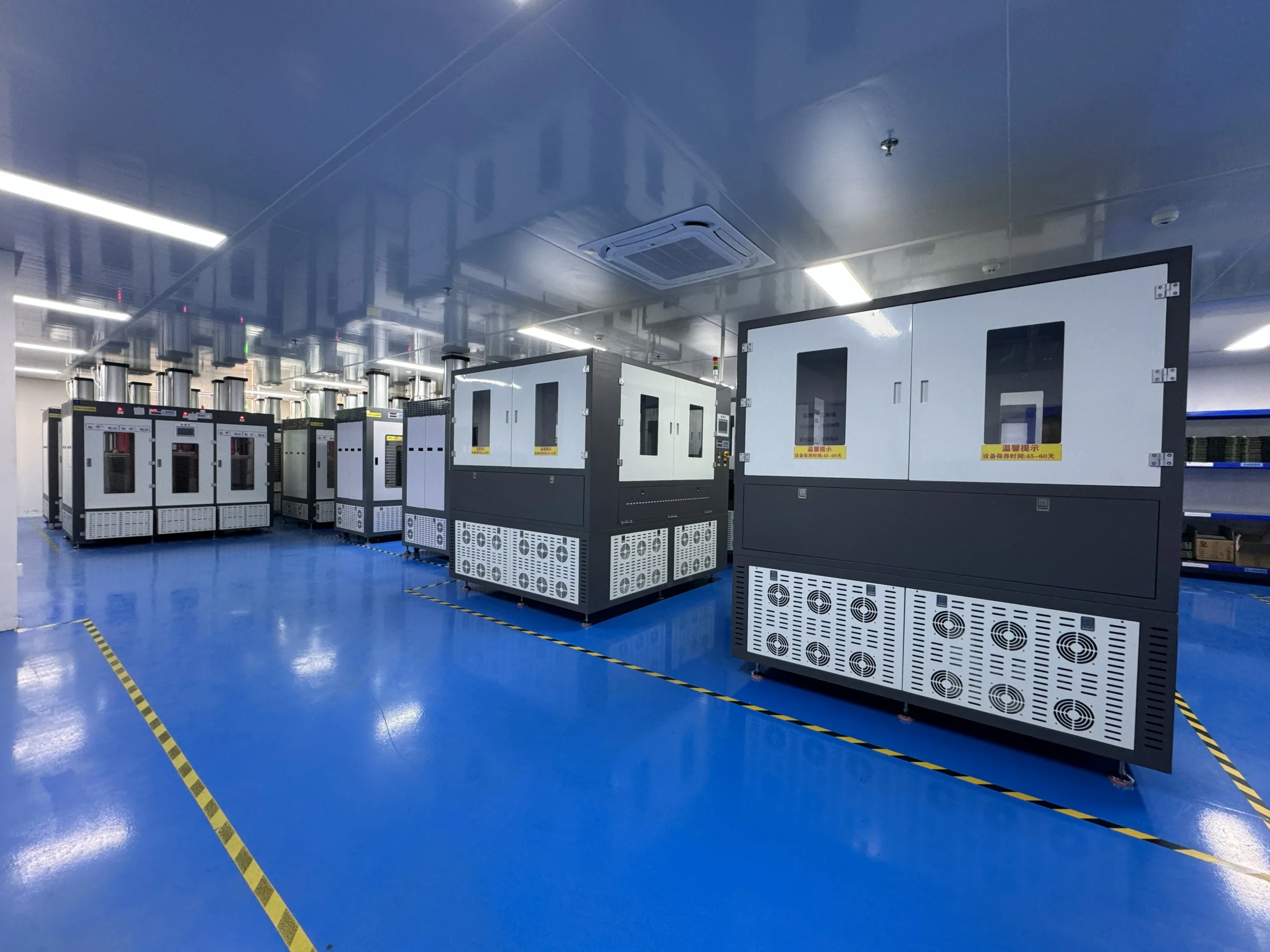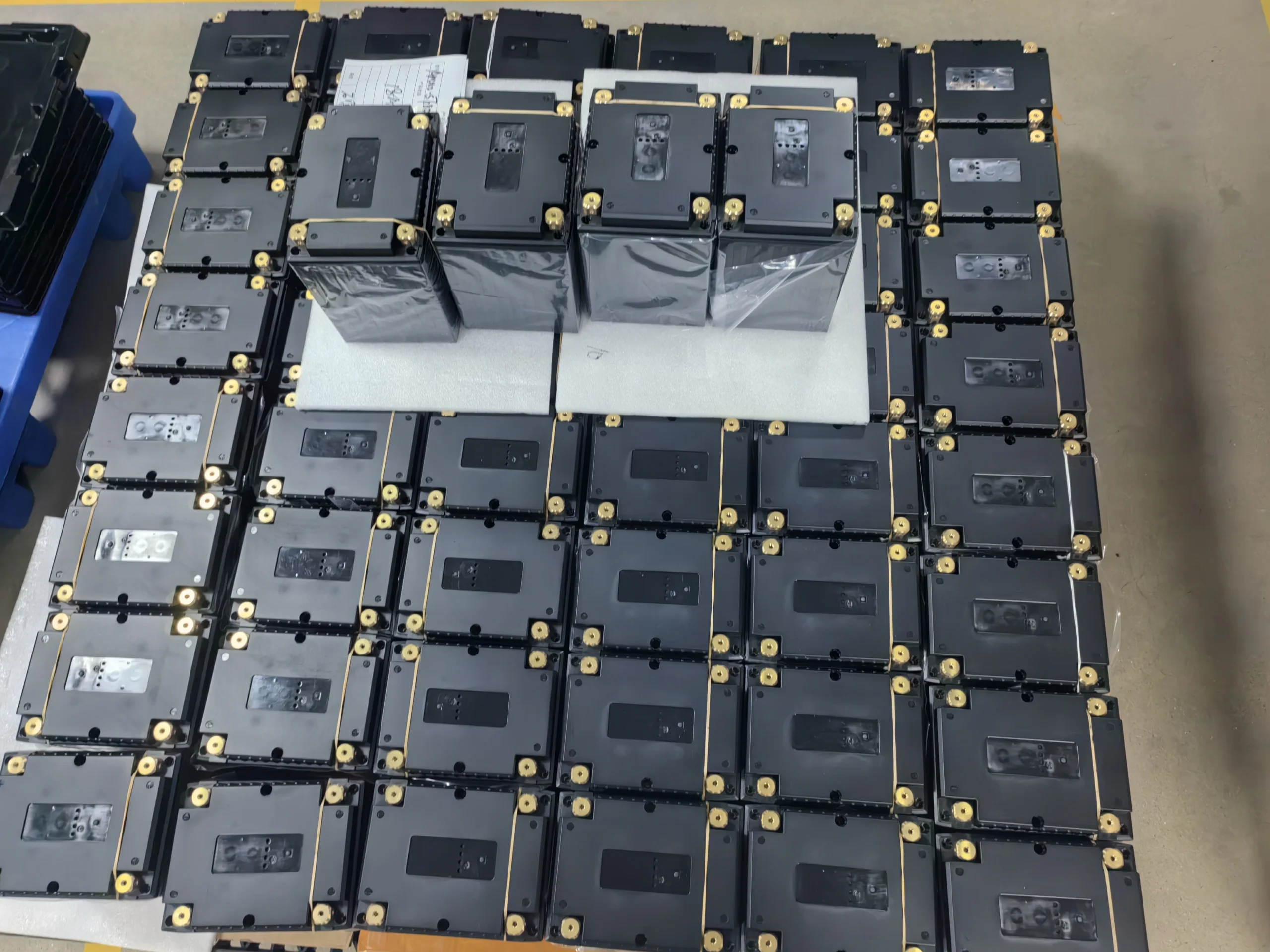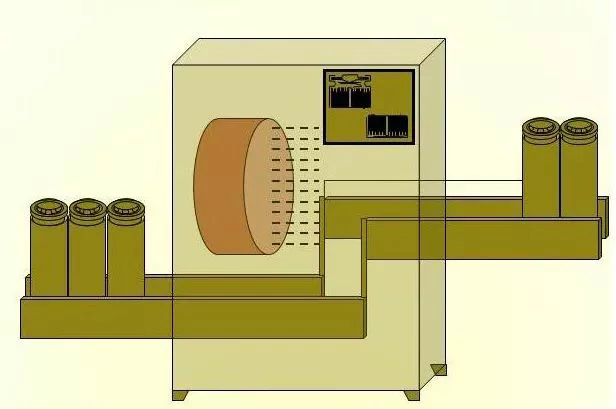Lithium Battery Electrode Slitting Challenges
main content
Lithium battery electrode slitting challenges demand meticulous engineering to ensure safety, durability, and performance in modern batteries. From eliminating hazardous edge defects to managing fragile materials like ultra-thin copper foils, precision slitting directly impacts cell reliability. This article explores three critical hurdles—edge quality control, material handling, and dynamic alignment—and the innovative strategies that address them.
1. Edge Defect Elimination: Tackling Burrs, Wavy Edges, and Particle Shedding
Metal burrs, the most dangerous edge defects, pose severe short-circuit risks if they penetrate separators. To minimize burr formation, slitting tools apply lateral pressures of 200–600 N while maintaining an optimized blade overlap (δ = electrode thickness × 0.8). For instance, a 100 μm-thick anode requires an 80 μm overlap, reducing burr height by 60% compared to standard settings.
Advanced tool coatings further enhance performance. Diamond-like carbon (DLC)-coated blades reduce friction by 40%, preventing heat-induced warping that causes wavy edges. Meanwhile, electrostatic dust collectors capture loose particles during slitting, lowering contamination risks by 90%.
2. Material-Specific Handling: Conquering Humidity Sensitivity and Fragility
High-nickel cathodes (e.g., NCM811) demand humidity-controlled environments (<40°C dew point) to prevent lithium carbonate formation. Slitting rooms use nitrogen purging to maintain moisture levels below 200 ppm, ensuring stable interfacial resistance. For example, NCM811 processed in dry conditions retains 98% capacity after 500 cycles versus 82% in humid settings.
Ultra-thin copper foils (≤6 μm) require adaptive tension control. Multi-stage servo systems adjust web tension in real-time, applying 5–15 N/m flexible pulling forces. This prevents foil wrinkling or tearing even at speeds exceeding 100 m/min. A case study shows that AI-driven tension algorithms reduce foil breakage rates from 12% to 0.5% in 6μm copper production.
3. Dynamic Precision Control: Synchronizing Speed and Accuracy
At web speeds of 120 m/min, laser slitting systems must adjust beam positions within 10 ms to maintain ±50 μm alignment between cutting paths and coated areas. High-speed CCD cameras track electrode patterns at 2,000 fps, feeding data to galvanometer scanners for instant corrections. This reduces misalignment defects by 99% compared to mechanical blade systems.
Predictive algorithms also compensate for thermal drift. By analyzing real-time temperature gradients across rollers, systems pre-adjust laser focal lengths, ensuring consistent cut depths (±3 μm). Such precision enables error-free slitting for high-aspect-ratio electrodes used in solid-state batteries.
Why Precision Slitting Defines Battery Performance
Optimized slitting delivers measurable improvements:
Safety Enhancement: Burr-free edges reduce internal short risks, passing nail penetration tests at 25°C–60°C.
Yield Improvement: Humidity-controlled slitting boosts NCM811 yield from 85% to 97%.
Cost Reduction: Adaptive tension systems cut copper foil waste by 30%, saving $120K annually per production line.
As batteries evolve toward higher energy densities, innovations like plasma-assisted slitting and AI defect mapping will further refine this critical process.

START-STOP LITHIUM battery
Enov start-stop battery is designed to provide excellent performance for high-demand start-stop vaehicles. It adopts the third-generation intelligent lithium platform architecture to achieve technological breakthroughs in core indicators such as cycle life, environmental adaptability and energy density. Compared with the traditional lead-acid battery system, the energy efficiency is increased by 210%, the cycle life is extended by 8-10 times, and the monthly self-discharge rate is controlled within 3%. Enov's unique low-temperature battery technology makes a breakthrough in achieving stable output in the whole climate domain from -30℃ to 65℃, maintaining more than 90% of the effective capacity release under extremely cold conditions (-30℃), and maintaining 90% of the capacity in high temperature environments (65℃).
The start-stop battery series products cover the mainstream voltage platform of 12V/24V/48V, and support flexible configuration of LFP (lithium iron phosphate) and NCM (lithium nickel cobalt manganese oxide) dual-material system. All models adopt modular design to support customization of different model specifications. Enuo engineering and technical team to provide full cycle technical service support, if you need, please contact us.
Other products
UAV BATTERY
LITHIUM ENERGY STORAGE BATTERY
QUICK INQUIRY
FAQ
Access to high frequency technical questions with one click, get accurate answers on product application, after-sales policy and customization process.
Service and Support
Get the latest product specifications, explore professional OEM/ODM customization services, click to open exclusive technical support and production solutions.
Become a Partner
We sincerely invite resources to interconnect, work together for win-win development, and immediately open a new chapter of strategic cooperation!
